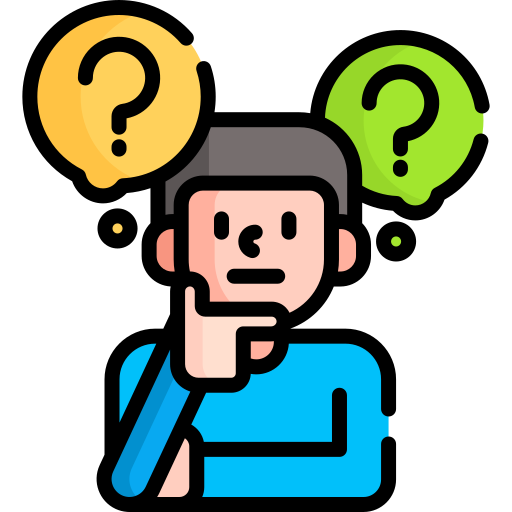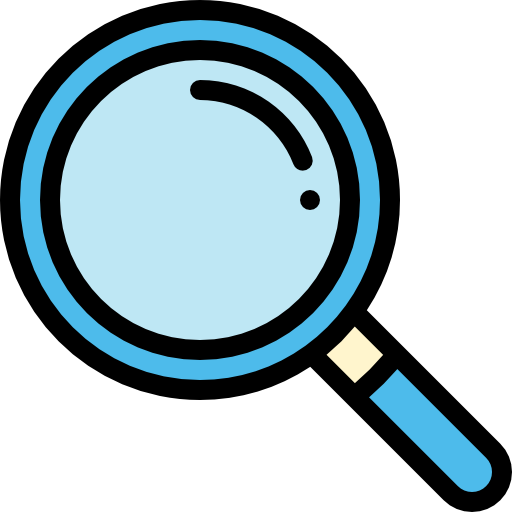
This logo isn't an ad or affiliate link. It's an organization that shares in our mission, and empowered the authors to share their insights in Byte form.
Rumie vets Bytes for compliance with our
Standards.
The organization is responsible for the completeness and reliability of the content.
Learn more
about how Rumie works with partners.
Do you need to read long, complex, or tedious material? Do you often find yourself reading fact-heavy topics, or uninteresting texts, but don’t know how to approach them? 🤔
If so, then skimming and scanning reading strategies will help you improve your comprehension skills.
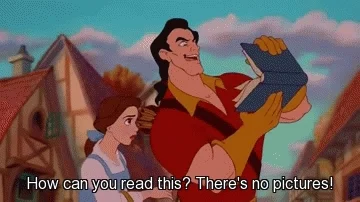
These techniques will help you understand the main ideas of a text more quickly and directly, saving you time by summarizing and getting to the point. 🎯
Understand the concepts
Use skimming to save you time

Skimming can be useful as a reading strategy:
When you encounter a text for the first time (previewing), usually before studying it or reading it in depth.
When trying to find source material to see if this text will be useful for your research, for example. By skimming it, you can decide if you want or need to read it or not.
When you're re-reading or reviewing material.
To review for an exam, like when you've already read and studied the material but just need a second look.
When you need to get a general overview from a long, complicated section you don't want to read in detail.
When you want to learn the author's tone or their general opinion on a subject.

Did you know?
You normally won’t need to look up words you don’t know, or worry about complex grammar when skimming a text, since you’re just reading for gist.
How skimming works
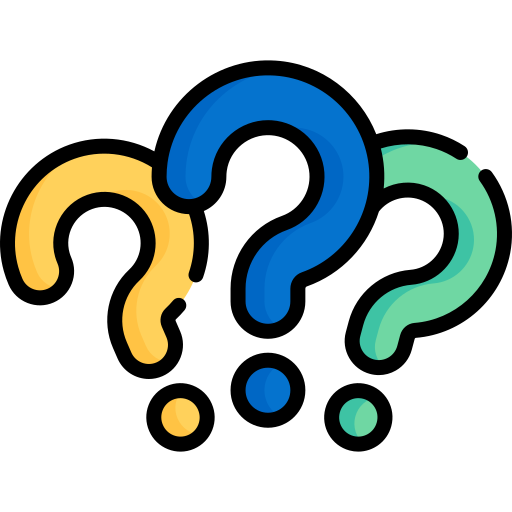 To skim a text, follow these reading strategies:
To skim a text, follow these reading strategies:
Move quickly through the pages, glancing through the main headings.
Don’t read every word, but be alert for keywords and phrases, proper names, dates, or numbers.
Pay attention to typographical cues like headings and subheadings, boldface, italics, indenting, bullet points, numbered lists, changes in style or fonts.
Read the headings of charts and tables, if there are any, but don't go into details.
Read the topic sentences (first sentence in the paragraph) and last sentences of each paragraph.
Don’t stop to read details you don’t need.
In longer texts, you may wish to read the final paragraph or summary of the chapter, if available.
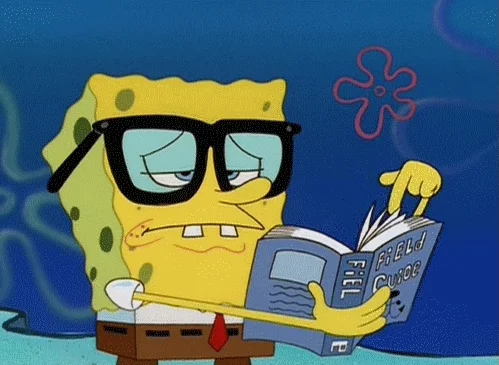
Quiz
You have to deliver an oral report in a few days about the impact of technology on education. You find three books and seven articles about this topic. What are the best options for you?
You have only a few days to read and prepare for your presentation, so reading everything in detail isn't very practical. By reading headings and subheadings, the topic and final sentences, and the summaries, you can decide which material will work best for you.
Did you know?
According to the University of Chattanooga, you can ask yourself these question before deciding to skim:
"Is this material non-fiction?"
"Do I have a lot to read and only a small amount of time?"
"Do I already know something about this?"
"Can any of the material be skipped?"
If you answer yes, then skimming is a good idea.
Use scanning to be specific
How scanning works

Once you've skimmed the text and decided it will be useful for your research/studies, decide on the keywords or phrases you want to focus on. If you're reading to answer questions, decide on the keywords from the questions.
Glance quickly through the page until you find one word or phrase you need.
When you find one of your keywords, read the surrounding text carefully.
Then you can decide if that piece of information is relevant for you, or if it answers the question.
Remember to focus on one keyword at a time.
Remember, you don't need to read the whole material when looking for something specific! 🥳
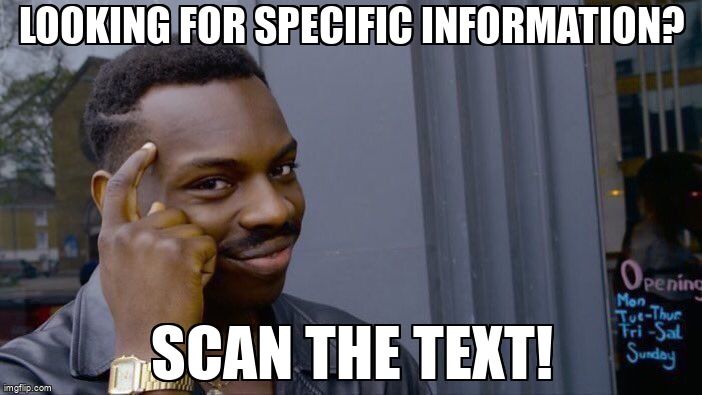
Quiz
You're reading reviews of some self-help books. You need to answer the following question: "In which book does the quality of writing make the advice appear more credible?" Select all keywords that apply:
Usually, keywords tend to be nouns carrying important meanings, or some verbs. In this case, you wouldn't focus on the words "book" or "writing" because we know that's what the text is about, but we do need more specific information about it.
Take Action

Start applying these reading strategies to improve your comprehension skills!
This Byte has been authored by
Victoria González
Language teacher and Trainer
MA
